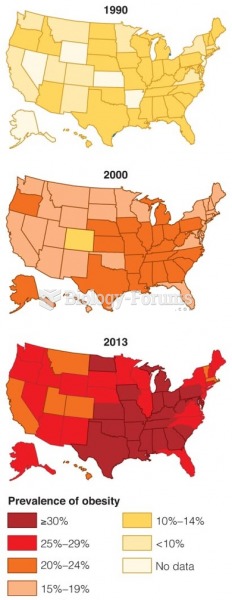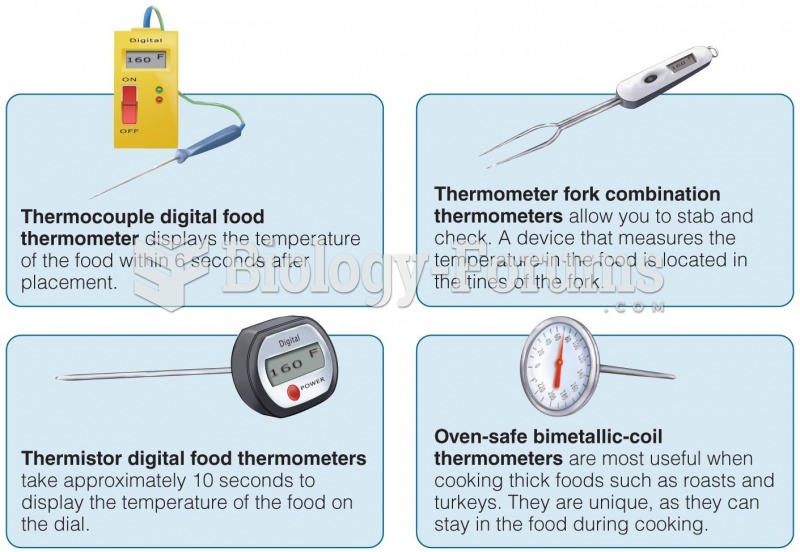Answer to Question 1
There are a number of ways older adults can stretch their food dollars. These usually involve storing leftovers and having food staples on hand during meal preparation. Also, creative cooking and meal planning can save older adults money. People who have the means to shop and cook for themselves can cut their food bills just by being wise shoppers. Large supermarkets are usually less expensive than convenience stores. A grocery list helps reduce impulse buying, and specials and coupons can save money when the items featured are those that the shopper needs and uses.
Buying the right amount so as not to waste any food is a challenge for people eating alone. Many foods that offer a variety of nutrients for practically pennies have a long shelf life; staples such as rice, pastas, dry powdered milk, and dried legumes can be purchased in bulk and stored for months at room temperature. Other foods that are usually a good buy include whole pieces of cheese rather than sliced or shredded cheese, fresh produce in season, variety meats such as chicken livers, and cereals that require cooking instead of ready-to-serve cereals. A person who has ample freezing space can buy large packages of meat, such as pork chops, ground beef, or chicken, when they are on sale. Then the meat can be immediately wrapped in individual servings for the freezer. All the individual servings can be put in a bag marked appropriately with the contents and the date. Alternatively, grocers will break open a package of wrapped meat and rewrap the portion needed. Similarly, eggs can be purchased by the half-dozen. Eggs do keep for long periods, though, if stored properly in the refrigerator. Frozen vegetables are more economical in large bags than in small boxes. Fresh fruits and vegetables can be purchased individually. A person can buy fresh fruit at various stages of ripeness: a ripe one to eat right away, a semi-ripe one to eat soon after, and a green one to ripen on the windowsill. Finally, breads and cereals usually must be purchased in larger quantities. Again the amount needed for a few days can be taken out and the rest stored in the freezer. Creative chefs think of various ways to use foods when only large amounts are available. A variety of vegetables and meats can be enjoyed stir-fried; inexpensive vegetables such as cabbage, celery, and onion are delicious when crisp cooked in a little oil with herbs or lemon added.
Answer to Question 2
Iron-deficiency anemia is less common in older adults than in younger people, but it still occurs in some, especially in those with low food energy intakes. Aside from diet, other factors in many older people's lives make iron deficiency likely: chronic blood loss from disease conditions and medicines, and poor iron absorption due to reduced secretion of stomach acid and antacid use. Anyone concerned with older people's nutrition should keep these possibilities in mind.







